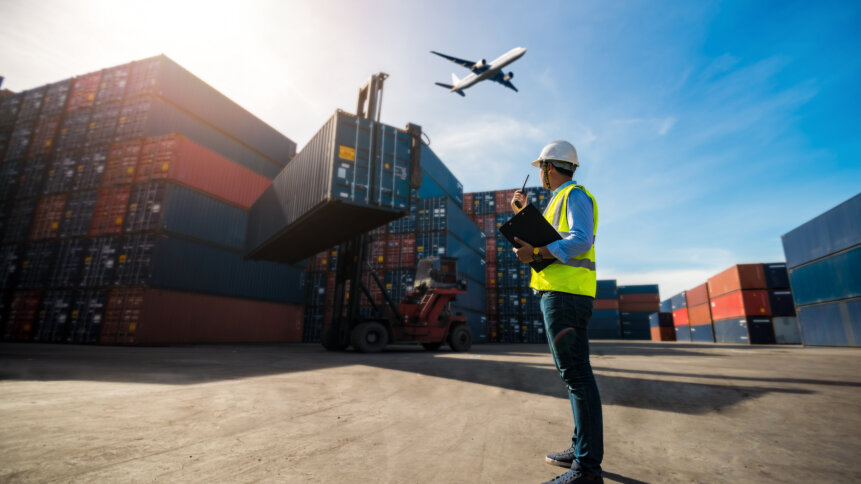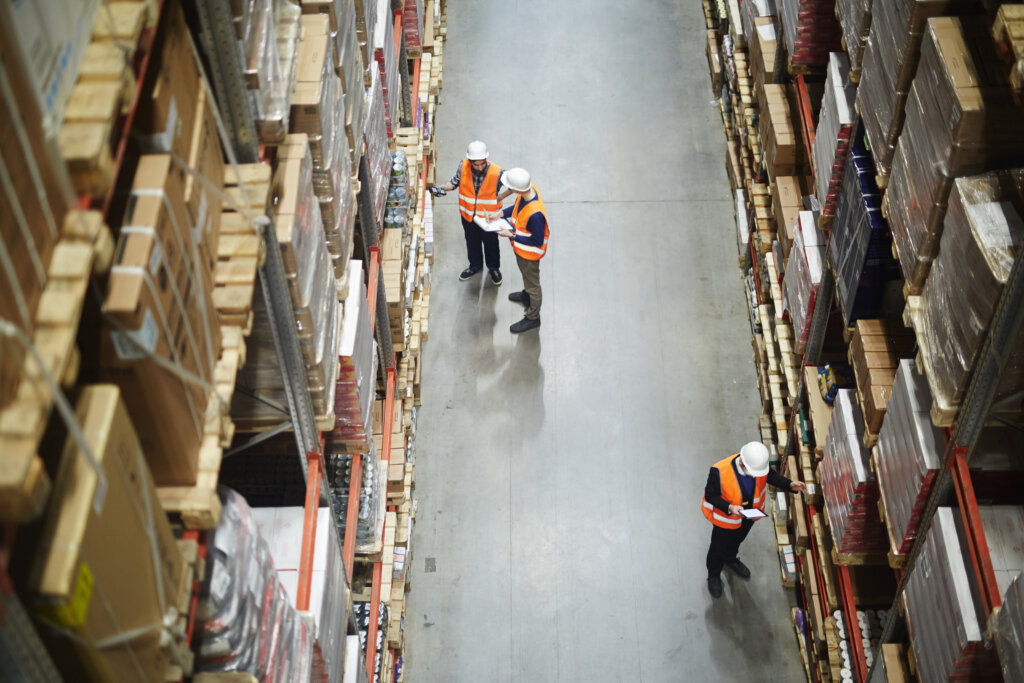
There are so many costs outside the direct control of the supply chain operator that finding and addressing costs centres is one of the few ways an operation can turn a better profit. As you might expect from an article on these pages, we’d condone any organisation’s decision to leverage technology and automation to achieve those gains. But there are so many areas in which intralogistics technology can be deployed in today’s facilities that it’s difficult to be objective: where is the best part of operations to deploy technology? And at what cost? Where’s the quickest and most impactful ROI to be achieved?
Of course, every company’s answers are different, and there’s no shame in prefacing any answer to those questions with, “We think that…” or, “Our projections state that….”
Any investment in automated systems at any scale will come with capital and operational costs not limited to the areas directly impacted. How will people’s roles change? Is there a significant administrative overhead with any changes? A major cause for concern is that any solution may be deployed and then effectively abandoned by its vendor. Common too is a deployment, followed by demands for support fees during the initial bedding-in phases and on into the future.
The long-term aspect of good partnerships
Over the last five years, we’ve worked alongside many supply chain automation and robotics specialists, from startups to household-name multinationals. A huge differentiator is when a company makes a significant commitment to its customers over many years, placing itself firmly into the position of a valued business partner, a body of expertise, advice and solutions committed to long-term success on behalf of customers.
One advantage of such a relationship is the consultative aspect of a long-term partnership. A company with a decent history in all a particular vertical will (in all likelihood) have not only heard its clients’ pain points before but be able to attenuate any solution to address many issues quickly and with the minimum possible outlay.

Source: Shutterstock
Additionally, long-term partners coming back to the table with broad experience (and a broad portfolio of best-in-breed solutions) will be able to pinpoint the part of operations that will benefit most (and quickest) from the flexing of a little automation muscle. That is, identifying the best thing to deploy, and where; what will, in short, make the most impact with the lowest possible spend.
The breadth of offerings is important in many contexts, not least because a vendor specialising in, for example, F&B warehouse automation only may have a particular axe to grind, or rather, a singular solution to sell. And while the widgets sold may be effective, they’re likely not the right widgets for every case.
The human touch
An integral part of the long-term partnership business model comprises the human relationships that develop between intralogistics company and its customers. Those relationships likely should continue throughout for the education, training, and safety aspect of any automated system. Tweaking and changing operational processes is an absolute must as business strategies change, ensuring staff and systems move in parallel with the business.
Automated warehouse systems can revolutionise operations in any facility, but they always have to take work with absolute safety and system integrity. Keeping staff updated with best practices and the latest in technology is a key part of any automation journey.
It’s an irony (to us, at least) that the name many mention for high-end technological automation systems is a company that’s family-owned, family-run and highly people-focused. Stöcklin Logistics (pronounced Stuck-linn, BTW) is a technology and automation company that may sell robotic systems but trades most heavily by word of mouth that recommend its human aspects.
A Swiss outfit founded in 1938, Stöcklin isn’t interested in quick turnover, fast sales, and a fire-and-forget business model. It’s a company that values its staff as partners for its many customers; advising, consulting, guiding and helping people choose the best operational outcomes for their business. It advocates conversations and more, before, during and after any project, helping systems bed in and making the positive differences. More efficient operations and business processes start with the people, it seems.
In a later article, we’ll look more deeply into Stöcklin Logistics’ range of solutions that span many uses in intralogistics, including automation, warehouse technologies, particular software and hardware for different industry verticals and much more. But to get a feel for the company itself, head over to its website to read more, and if you’d like your people to connect to theirs, open the conversation in your chosen language here.








